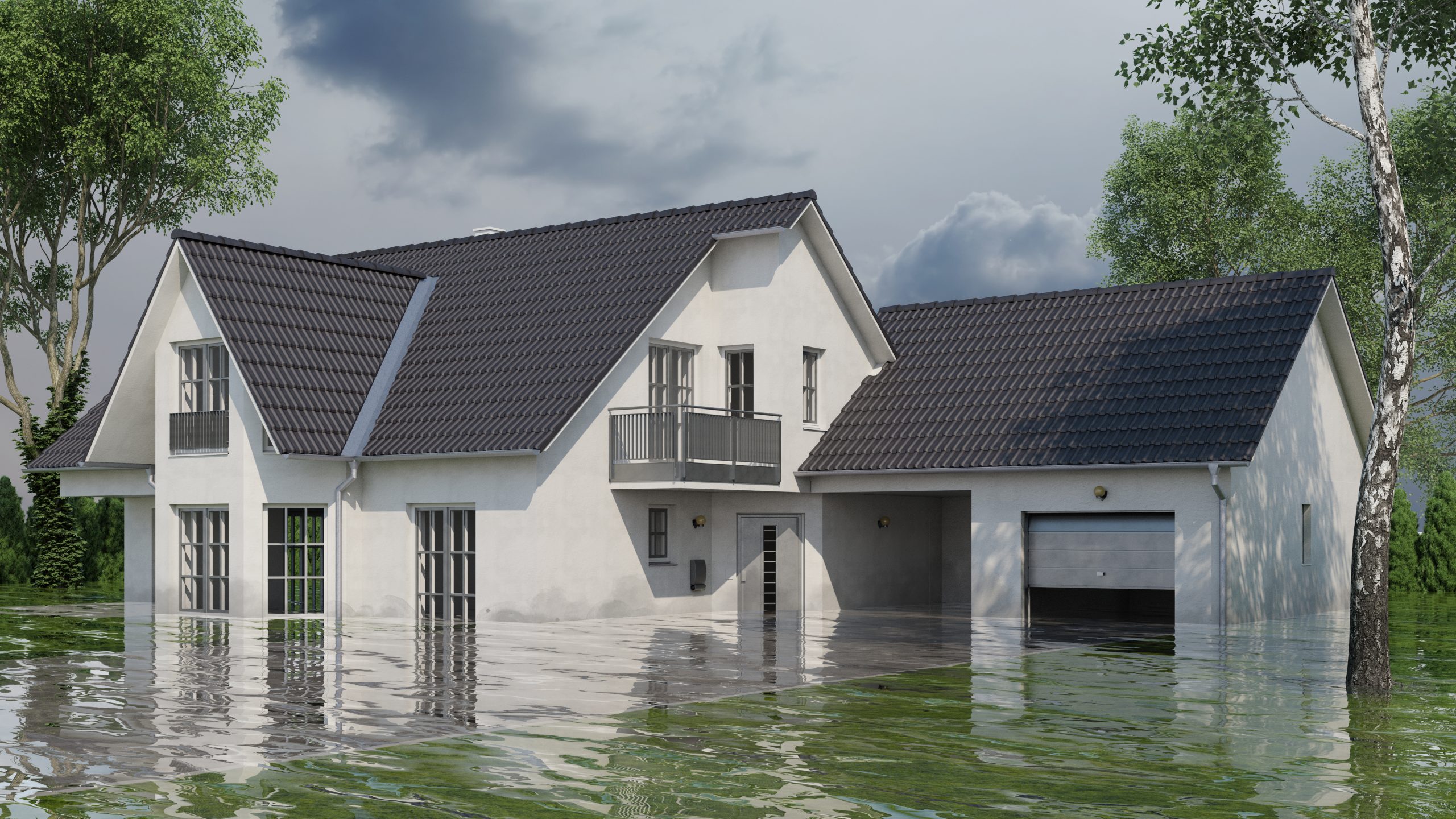If your home is vulnerable to flooding, protecting it becomes even more crucial. Floodwater can mean risks to everyone. It can contain high levels of bacteria, viruses, chemical hazards that are dangerous for everyone.
As such, it can bring about detrimental consequences to you and your family. Hence, it’s in your best interest to protect your home and, of course, its residents from flood damage.
Here are six measures that can prevent and manage flood damage in your home property and save you thousands of dollars and hours of stress:

1. Determine Flood Risks
Before buying land where you plan to build your future house, it’s important to know the flood risks in that area. That way, you can avoid this problem by building your house on higher ground.
If your home is raised on stilts or on a pier above the floodwater level, there’ll be much less chance of flood damage. Knowing this, consider elevating your house. Navigate here to explore more information about house elevation.
2. Slot-in Flood Barriers
Flood barriers are effective because they’re inexpensive, simple to use, and efficient at diverting floodwater when utilized properly. Put removable flood bags or aluminum barriers as useful defenses against rising water.
When there’s a flash flood, these flood barriers can be slotted in and put together, forming a watertight seal. They can be used in doorways or in high lengths, where flood protection is necessary. This flood defense technology takes little operational input and creates minimal intrusion.
3. Install Flash Flood Doors
Doors are the most vulnerable entry point for floodwaters. As such, you need to make sure that your doors are watertight. Doors created to withstand flashfloods are good investments to consider. These flood-resistant doors with rubber sealing systems are designed and developed to protect properties from flash floods.
4. Repair
Leaks, moisture in the soil, and cracks can lead to structural instability. Repairing your property might address your current situation as it does to many homeowners.
- Fix Leaking Foundation. Due to pressure in the soil that is caused by water, foundational leaks happen. A foundation with cracks may allow floodwaters to permeate walls which can cause long-term problems. A small amount of cracking should be fixed right away to help prevent major problems down the line. Damp-proof the walls of your house by putting in moisture resistant coatings and sealing solutions to keep water from coming in.
- Keep Gutters Clean. Having functional gutters is one important factor you must consider. Clogged rain gutters cause water to seep under your shingles and through your siding. Clean your gutters so that rainwater will drain away from your home, defeating potentially costly water damage.
- Check for Roof Damage. Roof damage can come in many forms, such as shingle damage, sheathing decay, peeling paint, or leaking. If your roof has minor wear, you should move fast to repair it. If the damage becomes more widespread, it can lead to more serious damage throughout your home.
- Lift Electrical Switches and Circuit Breakers Above. Electrical components are easily damaged by floodwaters. Know the flood level in your location. Once you know the potential level in your area, raise your electrical switches and circuit breakers at least a foot above that level. Indoor equipment such as furnace and water heater should be modified so that they are above your house’s flood level.
- Repair Sidewalks and Driveways. To sidewalks and driveways, water is one of the most damaging elements. It can negatively affect the durability and strengths of the two. Check if the isolation joint is damaged. If it is, remove it and refill the crack to a level that fills the gap in the concrete. If it’s beyond repair, replace the driveway and consider working with a contractor to do the job.
- Know the Flood Level in Your Location. To help you assess the flood risks in your area, you need to know the flood level in our place. Once you know the potential level in your area, indoor equipment should be modified so that it sits above your property’s flood level.
5. Determine How Water Flows
One of the safety measures to prevent homes from flooding is to determine how water flows around your house. Remember to see how vulnerable you are to floodwaters and estimate your probable flood level. The slope of the ground can possibly direct water to your house or away from it. Therefore, it’s best to build your home where the water drains away from it.
6. Buy Flood Insurance
Did you know that flooding is a common cause of house damage that’s not covered by a standard homeowner’s insurance? You must pay for flood insurance individually if you want or need it.
Flood insurance is a type of property insurance that covers the costs of rebuilding or repairing your home caused by flood damage. Its average cost is USD$700, but the final amount is determined by the location and type, and size of the structure, and some other factors.
A house is the priciest possession that many of us will ever own. In order to protect that investment, ask for professional help. It’s worth paying anyway. Start by getting a free estimate.
Conclusion:
The best way to avoid flooding is, of course, to stay above water. But this isn’t enough, is it?
As strange as it may seem, the weight of increasing water can really cause structural harm to your foundation. Managing and controlling floodwaters is doable. Work with a team of professionals, and be rest assured. It’s best to be prepared.